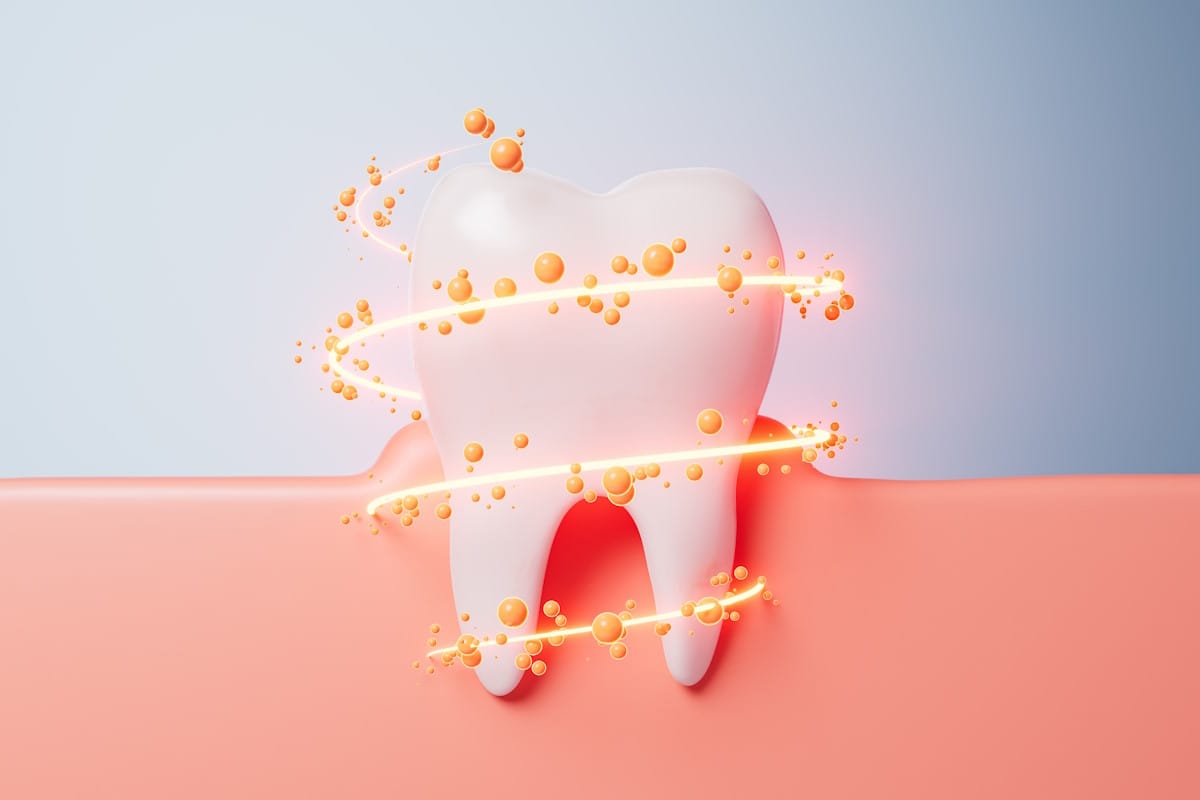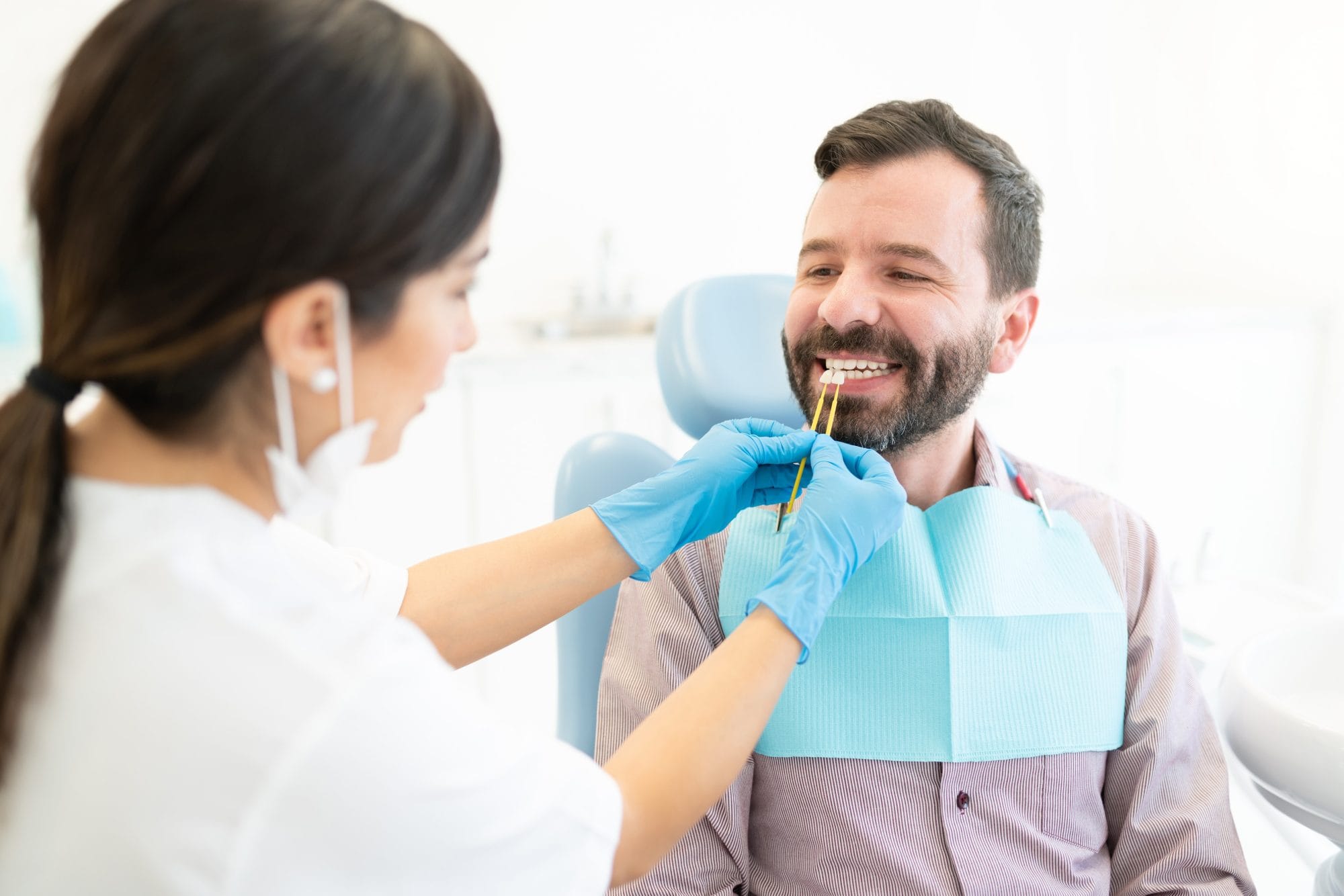Although dental cavities are largely preventable, it remains the most common chronic disease of children aged 5-17 years – 4 times more common than asthma!
Here are 5 things you may not know about dental cavities (caries):
- Cavities are caused by a bacterial imbalance on the teeth. This imbalance occurs based on an individual’s oral environment, dietary habits, and hygiene habits.
- 28% of children aged 2-5 have already had a cavity in their baby teeth, 50% of children have had a cavity by age 11, and 85% of all adults experience tooth decay.
- Low risk individuals still have a 23.6% chance of developing new cavities in the next 12 months, and very high risk patients have an 88% chance of developing cavities in the next 12 months (based on caries risk assessments).
- Having a caries risk assessment along with early intervention with professional products can lower decay rates anywhere from 24 – 74%.
- It’s not only your teeth that are affected. The cavity causing bacteria Streptococcus mutans is the most common oral bacteria found on heart valves and coronary arteries when it is found in the mouth of an individual. This means cavities could be a potential risk factor for heart disease.
Are you a “cavity prone” person? Have you felt frustrated being told simply brushing and flossing twice a day will prevent cavities, yet you keep getting them? Dental cavities is a multifactorial, multiple-pathogen biofilm disease. Fillings won’t stop cavities from happening, they treat the result of the disease, not the cause. The dental biofilm needs to be restored to health, and the pH imbalance corrected in order to prevent future cavities.
Dr. Graas has recently developed a caries management protocol for our clinic in which we will assess your caries risk, look for any modifiable risk factors you may have, and come up with potential treatment strategies that you can choose in order to improve your oral health and keep your teeth for life.
Reference: “Balance” by Dr. Kim Kutsch, Robert J. Bowers 2012 Llumina Press



